OnePlus Pad 2 vs Samsung Galaxy Tab S9: It's an Android battle

Intro
OnePlus made a serious bid for the tablet market with the OnePlus Pad 2, but is it good enough to compete against one of the behemoths in the category. Yes, we're talking about the Galaxy Tab S9. Samsung's tablet comes with a lot of sparkle, from its beautiful OLED screen to the AKG-tuned audio, and let's not forget the microSD card slot.
This Android battle is a fierce one, because the OnePlus Pad 2, on the other hand, offers faster and newer hardware for a cheaper price. Today, we're going to pit against each other the recently launched OnePlus Pad 2 and the Samsung Galaxy Tab S9.
Let's get to it!
Let's get to it!
OnePlus Pad 2 vs Samsung Galaxy Tab S9 differences explained:
| OnePlus Pad 2 | Samsung Galaxy Tab S9 |
|---|---|
| Larger and heavier | A more compact and lightweight tablet |
| Larger 12.1-inch display, supports a 144 Hz refresh rate | A smaller 11-inch screen with less impressive 120Hz refresh rate, but its an OLED panel |
| One main camera and one selfie camera | Same camera setup, the selfie camera has more megapixels |
| 8GB and 12GB memory options | Memory options are similar |
| Equal native storage (128GB) but no microSD card slot | 128GB of base storage in here as well, but we do have an extension microSD card slot |
| Larger 9510mAh battery that will potentially deliver better battery life | A smaller 8400mAh battery |
| Faster wired charging (67W) | Slower wired charging (45W) |
| Newer and faster hardware | Previous generation hardware |
| More affordable (around $200 cheaper) | More expensive |
Table of Contents:
- Design and Display
- Performance and Software
- Camera
- Battery and Charging
- Audio Quality
- Specs
- Which one should you buy?
Also read:
- OnePlus Pad 2 review: The all-rounder
- OnePlus Pad 2 vs OnePlus Pad: Baby steps again...
- Samsung Galaxy Tab S10 Plus vs Galaxy Tab S9 Plus: Did we even need this upgrade?
Design and Display Quality
The old LCD vs OLED battle
When it comes to design, there's not much wiggle room nowadays. We have these big screens limiting the way our gadgets look, and this applies to tablets as well. However, there are subtle design differences between the OnePlus Pad 2 and the Galaxy Tab S9.
First of all, the Galaxy Tab S9 is smaller, being an 11-inch device, but it also has a flat frame, as opposed to the nicely roinded edges on the OnePlus Pad 2. This might sound like a small difference, but in reality, the feeling is completely different. Even though the OnePlus Pad 2 is the larger device, it feels much more comfortable to hold it in your hand.
The weight situation is kinda reversed, though. The OnePlus tablet is much heavier, and you can definitely feel that. Even though the building materials are the same, the larger size and battery probably contributed to the weight difference here.
When you factor in the weight of the smart keyboard (another 500 grams), the OnePlus Pad 2 ends up weighing over 1 kg (1100 grams), which is pretty heavy for a tablet. The Galaxy Tab S9 keeps things under the 500-gram mark.
First of all, the Galaxy Tab S9 is smaller, being an 11-inch device, but it also has a flat frame, as opposed to the nicely roinded edges on the OnePlus Pad 2. This might sound like a small difference, but in reality, the feeling is completely different. Even though the OnePlus Pad 2 is the larger device, it feels much more comfortable to hold it in your hand.
The weight situation is kinda reversed, though. The OnePlus tablet is much heavier, and you can definitely feel that. Even though the building materials are the same, the larger size and battery probably contributed to the weight difference here.
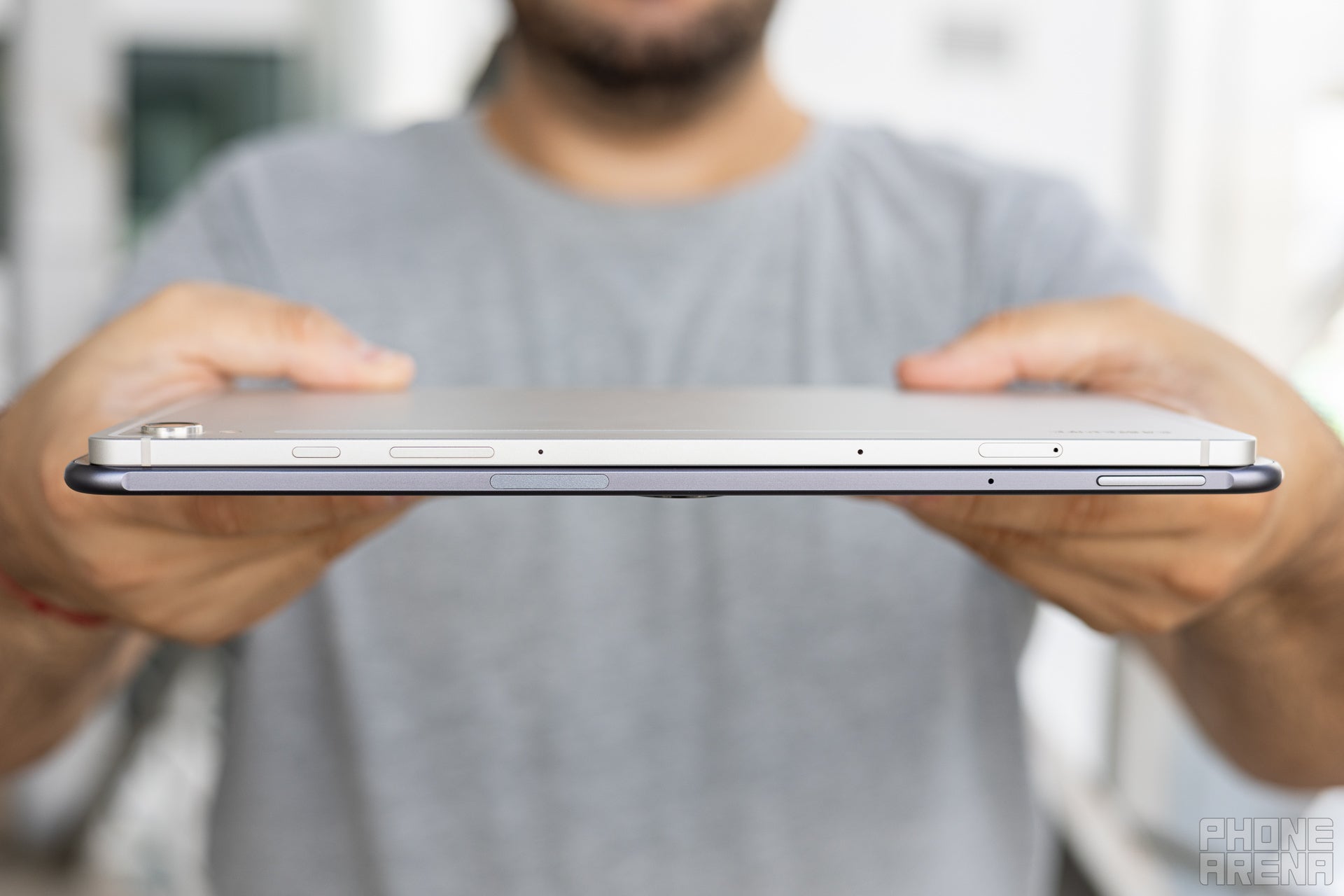
Moving to the display panels of both devices, we find the biggest difference. The Galaxy Tab S9 features an OLED panel, and it's a gorgeous thing to look at. Until very recently, the only way to get a big OLED screen on a mobile device without breaking the bank was to get a Samsung tablet.
The OnePlus Pad 2, on the other hand, uses the older and less expensive LCD technology. But things are not that straightforward. First, the OnePlus Pad 2 comes with a better resolution and pixel density, despite its larger size (303 PPI vs 274 PPI on the Galaxy Tab S9). Second, OLED screens aren't necessarily brighter than their older LCD siblings.
The OnePlus Pad 2 can overdrive its LED backlight to produce almost 800 nits of brightness, while the Galaxy Tab S9 and its ogranic LEDs can shine with only around 550. Of course, with OLED tech you're getting the deepest blacks and some bonus energy efficiency, as those little LEDs don't shine and consume energy while displaying black.
Last but not least, we have the display refresh rate, a hot topic in the tech world. The OnePlus Pad 2 can go up to 144 Hz, while the Galaxy Tab S9 can "only" do 120 Hz. In reality, you probably won't notice the difference, so we wouldn't call this one a deciding factor. The scree-to-body ratio is also very similar between these two, meaning the bezels are not that different. What's different is the aspect ratio - the OnePlus Pad 2 comes with a 7:5 screen, while the Galaxy Tab S9 features a 16:10 ratio, which is much better for movies and video content.
The OnePlus Pad 2, on the other hand, uses the older and less expensive LCD technology. But things are not that straightforward. First, the OnePlus Pad 2 comes with a better resolution and pixel density, despite its larger size (303 PPI vs 274 PPI on the Galaxy Tab S9). Second, OLED screens aren't necessarily brighter than their older LCD siblings.
The OnePlus Pad 2 can overdrive its LED backlight to produce almost 800 nits of brightness, while the Galaxy Tab S9 and its ogranic LEDs can shine with only around 550. Of course, with OLED tech you're getting the deepest blacks and some bonus energy efficiency, as those little LEDs don't shine and consume energy while displaying black.
Last but not least, we have the display refresh rate, a hot topic in the tech world. The OnePlus Pad 2 can go up to 144 Hz, while the Galaxy Tab S9 can "only" do 120 Hz. In reality, you probably won't notice the difference, so we wouldn't call this one a deciding factor. The scree-to-body ratio is also very similar between these two, meaning the bezels are not that different. What's different is the aspect ratio - the OnePlus Pad 2 comes with a 7:5 screen, while the Galaxy Tab S9 features a 16:10 ratio, which is much better for movies and video content.
Display Measurements:
Another big difference is that the Galaxy Tab S9 has an optical, under-display fingerprint sensor for added biometric security. The OnePlus Pad 2 doesn't have one, and relies only on PIN security, and facial recognition, the latter not being very secure, as it uses a simple selfie camera.
Performance and Software
A generational leap with a twist
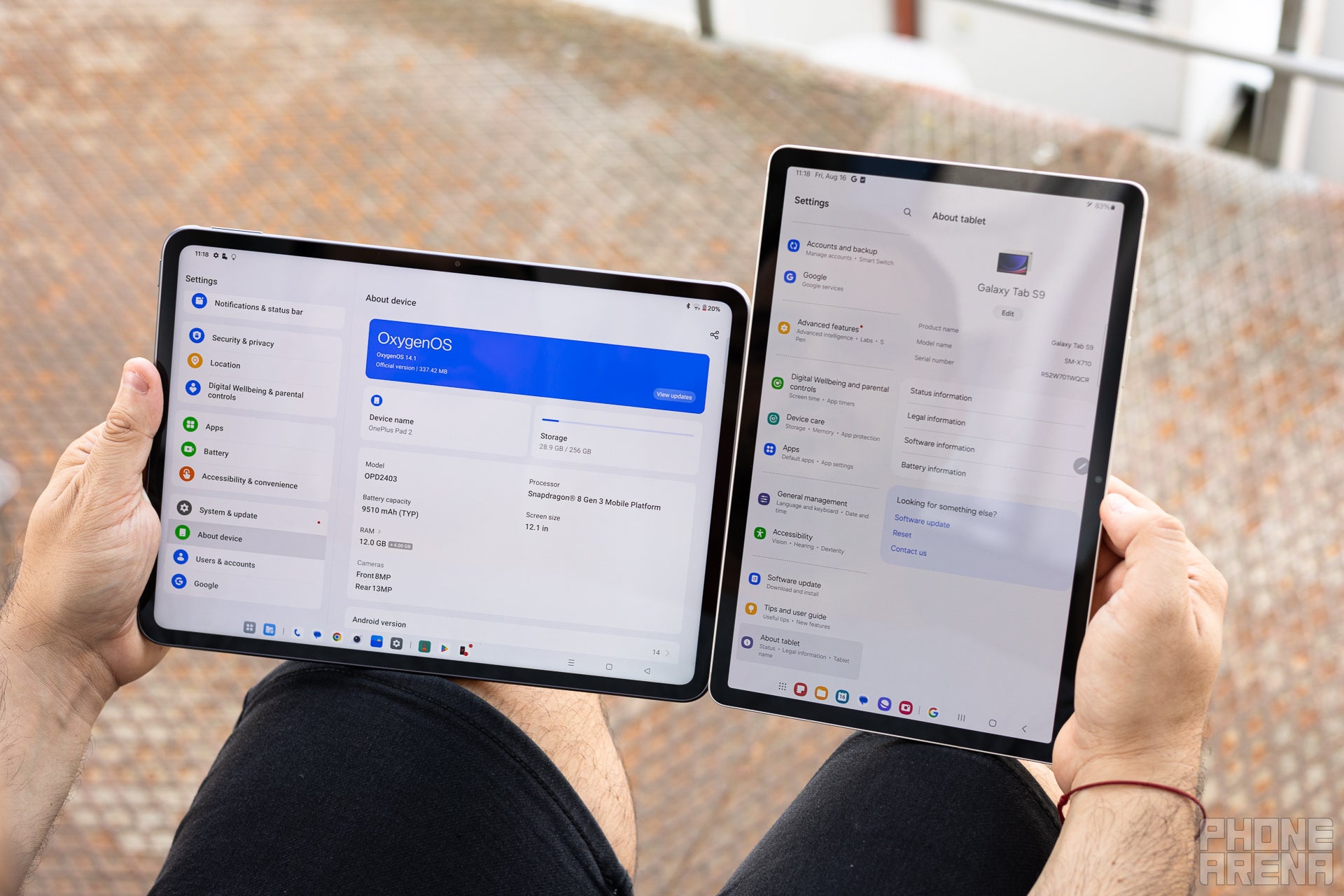
These two flagship tablets use flagship Qualcomm silicon. The difference is one generation, as the Galaxy Tab S9 is now more than a year old, hence it comes with a Snapdragon 8 Gen 2 onboard, while the OnePlus Pad 2 is fresh from the hardware oven with a Snapdragon 8 Gen 3.
This is where things get weird, though. Our synthetic benchmark testing showed a strange discrepancy. The older Snapdragon 8 Gen 2 seems to perform better than its newer version in several areas, including single core performance, which is one of the most important in day-to day operation. This strange trend continues with a smaller gap in multi core (still a win for the Gen 2), and it's only the 3DMark score that's able to redeem the Gen 3 and the OnePlus PAd 2.
The good news is that both tablets work like a charm in real-life scenarios, there's no lag, stutter, or hesitation of any sort.
The RAM and storage situation is basically the same. Both tablets offer 8GB and 12GB RAM variants, and both start with 128GB of base storage. The Galaxy Tab S9 has an advantage in the form of a microSD card slot.
The RAM and storage situation is basically the same. Both tablets offer 8GB and 12GB RAM variants, and both start with 128GB of base storage. The Galaxy Tab S9 has an advantage in the form of a microSD card slot.
Performance Benchmarks:
When it comes to software, the Galaxy Tab S9 first launched running Android 13 with OneUI 5 on top, but it is upgradable to Android 14 and OneUI 6. This upgrade brings a slew of AI features from the Galaxy AI suite, and gives this tablet a slight competitive edge over the OnePlus Pad 2.
The latter comes with its own AI tricks, such as AI Speak and AI Summary, the ability to transcribe text, and also a writing assist feature. We feel the Galaxy AI features are still a bit more polished and capable, as Samsung had a head start with those, but given that the necessary hardware is in place inside the OnePlus Pad 2, a software update could even the score easily.
The latter comes with its own AI tricks, such as AI Speak and AI Summary, the ability to transcribe text, and also a writing assist feature. We feel the Galaxy AI features are still a bit more polished and capable, as Samsung had a head start with those, but given that the necessary hardware is in place inside the OnePlus Pad 2, a software update could even the score easily.
Camera
A snail's race
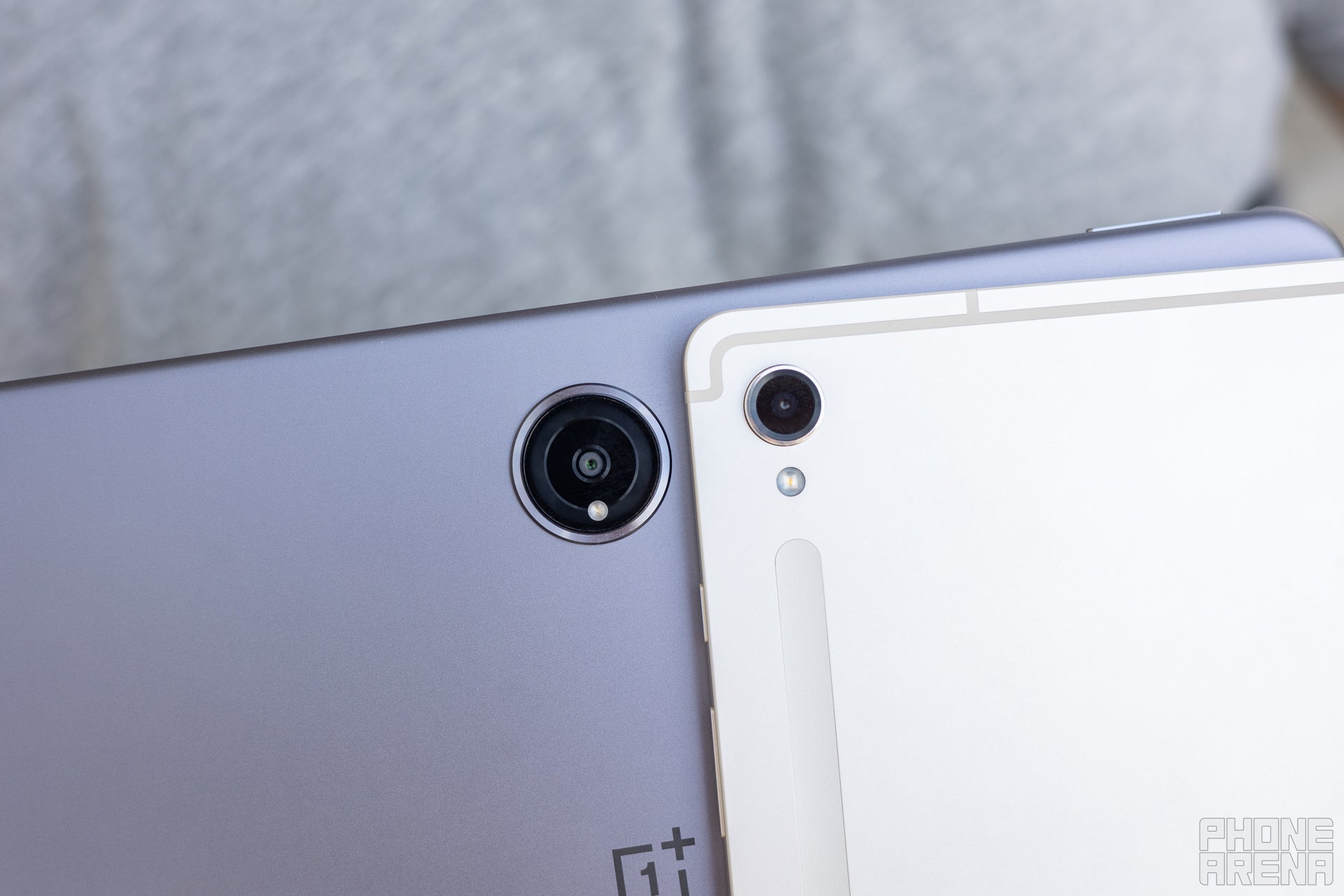
You don't buy a tablet for its main camera, but still, it's nice to have one. That's the exact number of cameras on the back of both of those. One. It's a 13 MP sensor with autofocus and 4K recording capabilities on both. The cameras are slightly different, though. On the Galaxy Tab S9, we have a wider 26mm focal length equivalent and an aperture of f/2.0.
Galaxy Tab S9 main and selfie camera samples:
These numbers read 23mm and f/2.2 for the camera on the OnePlus Pad 2, but in reality, the differences aren't that big. These cameras will get the job done but won't win you a photography award. The selfie camera on the Galaxy Tab S9 is 12 MP, while the one inside the OnePlus Pad 2 is only 8MP.
OnePlus Pad 2 main and selfie camera samples:
Battery Life and Charging
Not conclusive

There's a big difference in battery capacity between the Galaxy Tab S9 and the OnePlus Pad 2. The Samsung tablet features an 8400mAh cell, while the OnePlus device comes with a 9510mAh battery. This 1100 mAh difference manifests itself in strange ways.
Surprisingly, the Galaxy Tab S9 lasts longer when you watch videos and when you play games, and the OnePlus Pad 2 performs better in web browsing. This might be down to the OLED vs LCD screen difference, even though it's still a strange result.
Surprisingly, the Galaxy Tab S9 lasts longer when you watch videos and when you play games, and the OnePlus Pad 2 performs better in web browsing. This might be down to the OLED vs LCD screen difference, even though it's still a strange result.
When it comes to charging, the OnePlus Pad 2 has an advantage thanks to its faster and more powerful 67W charging. The OnePlus tablet charges from 0 to 100% twice as fast at 52 minutes, while the Galaxy Tab S9 takes its time at 1:48 hours for a full charge.
Audio Quality and Haptics
Another area where the OnePlus Pad 2 excels is the audio quality. This is again strange, because the Galaxy Tab S9 comes with an AKG-branded audio system. Strangely enough, the six-speaker setup inside the OnePlus Pad 2 performs better, both in loudness and definition.
The situation with haptics is the same. The Galaxy Tab S9 has weak and vague vibrations, while the OnePlus Pad 2 easily offers much stronger and more precise haptics.
The situation with haptics is the same. The Galaxy Tab S9 has weak and vague vibrations, while the OnePlus Pad 2 easily offers much stronger and more precise haptics.
Specs Comparison
Here's a quick specs comparison between these two. For a more detailed one, you should check out our OnePlus Pad 2 vs Galaxy Tab S9 specs comparison on PhoneArena.
| Specs | OnePlus Pad 2 | Galaxy Tab S9 |
|---|---|---|
| Dimensions | 268.7 x 195.1 x 6.5 mm | 254.3 x 165.8 x 5.9 mm |
| Weight | 584 g | 498 g |
| Screen | 12.1-inche LCD IPS 144Hz | 11-inch Super AmOLED 120Hz |
| Processor | Snapdragon 8 Gen 3 | Snapdragon 8 Gen 2 |
| RAM, Storage and Price | 128GB 8GB RAM 256GB 12GB RAM ($550) | 128GB 8GB RAM ($799) |
| Cameras | 13 MP, f/2.2, 23mm (wide) 8MP front | 13 MP, f/2.0, 26mm (wide) 12 MP front |
| Battery Size | 9,510 mAh | 8,400 mAh |
| Charging Speeds | 67W wired - | 45W wired - |
For more tablet comparisons see our tablet specs comparison tool.
Which one should you buy?
This is not an easy question. We lean more toward the Galaxy Tab S9 for its OLED screen and solid performance, despite the older chipset. The Samsung tablet is also more compact and lighter, and it comes with Galaxy AI tips and tricks and future AI promises.
On the other hand, the OnePlus Pad 2 is considerably cheaper at $500, and it offers a good all-around package. The screen is bigger and brighter, the charging is faster, and the battery is bigger. The new Snapdragon 8 Gen 3 chipset is onboard, and even though synthetic benchmarks don't paint a coherent picture, it's always nice to have the latest hardware.
On the other hand, the OnePlus Pad 2 is considerably cheaper at $500, and it offers a good all-around package. The screen is bigger and brighter, the charging is faster, and the battery is bigger. The new Snapdragon 8 Gen 3 chipset is onboard, and even though synthetic benchmarks don't paint a coherent picture, it's always nice to have the latest hardware.
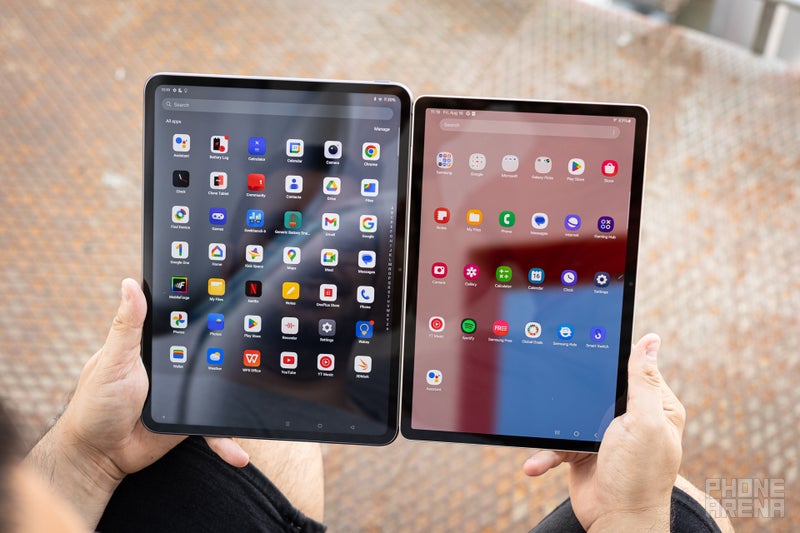
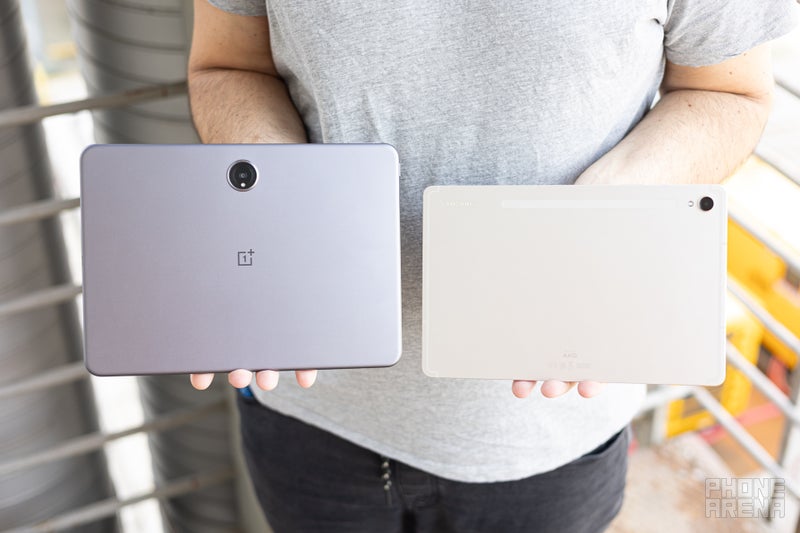
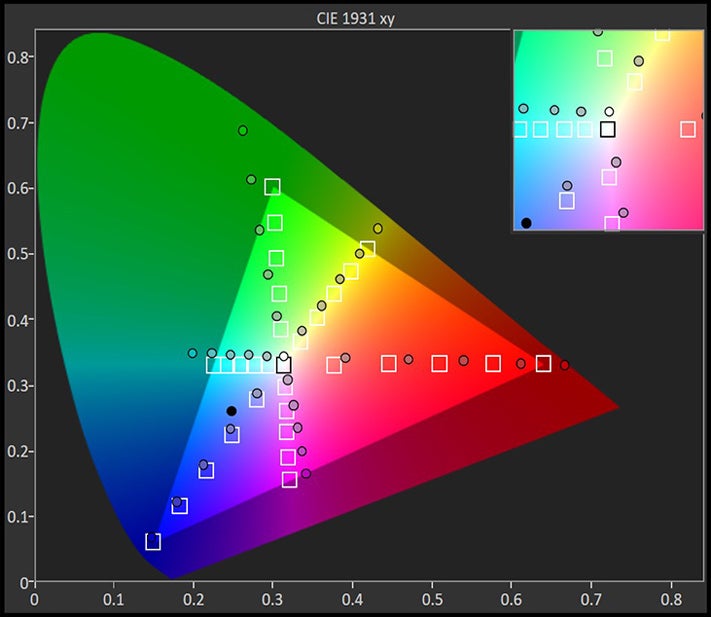





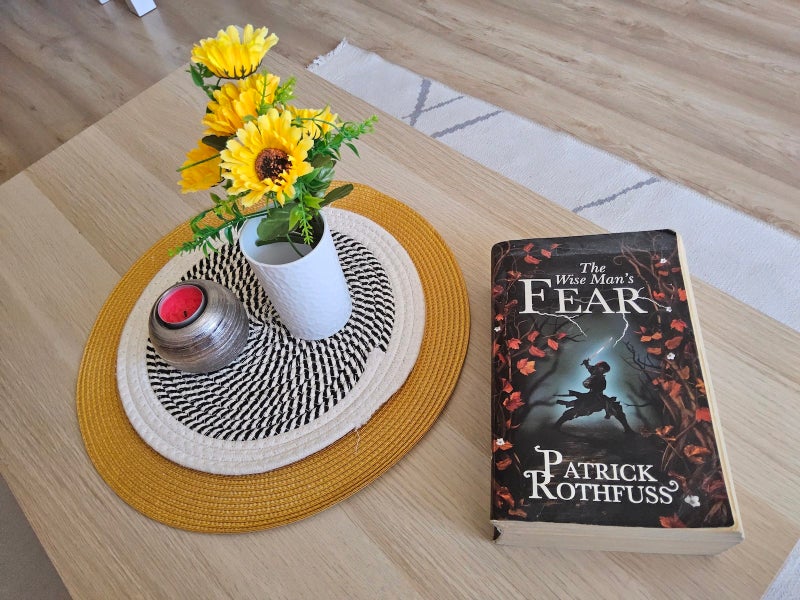















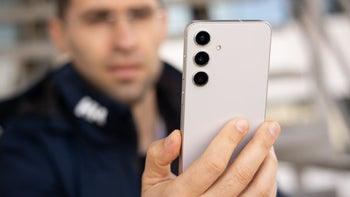

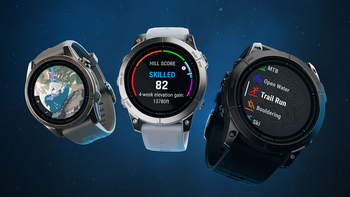






Things that are NOT allowed: